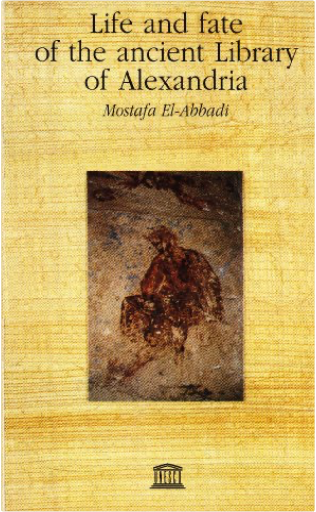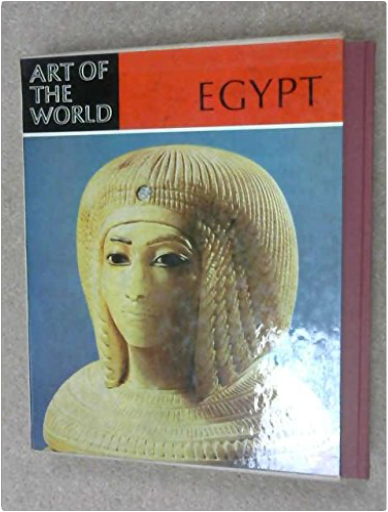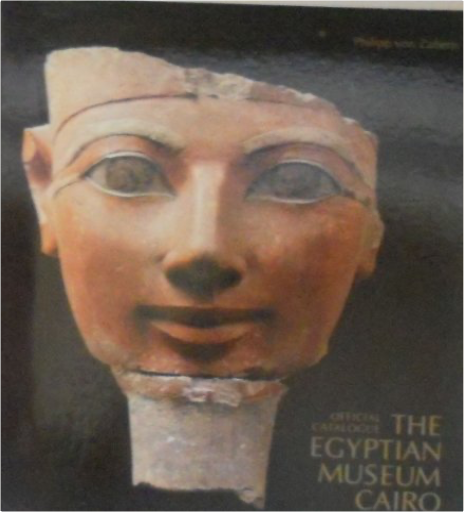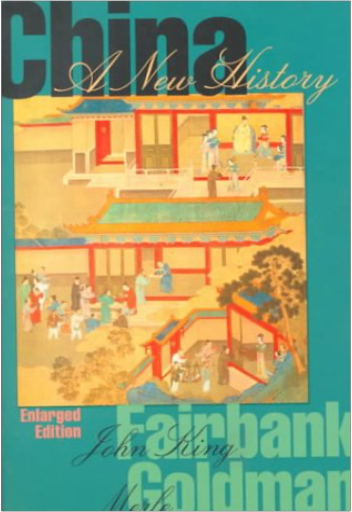 China: A New HistoryJohn King Fairbank, Merle Goldman China: A New HistoryJohn King Fairbank, Merle Goldman Bringing to bear 60 years of research, travel, and teaching, Fairbank weaves a detailed history that reaches from China's neolithic days to its troubled present. He depicts a country ever-changing and yet constant in its effort to achieve a cohesive identity, an enormous and enormously complex nation perpetually balancing between the imperatives of force and the power of ideas. Here are the Chinese autocrats in their various times and guises, maintaining Confucian civility and order through - paradoxically - the perpetual threat of irrational imperial violence. Here is the intellectual class, revered for its wisdom and counsel and yet - as events from the Cultural Revolution to the massacre in Tiananmen Square demonstrate - eminently expendable. And here are China's farmers engaged in a never-ending attempt to tame their countryside only to face repeated famine as China's agrarian-based economy fails to develop. At the centre of all stands the Chinese family, until recently the model for both obedience and tyranny in society at large. Fairbank traces the growth of a civilization that could embrace so many contradictions and disruptions and yet retain a strong sense of its identity. Following China's ambivalent relations with the West and with the forces of modernization, he identifies, even in the great leap forward signaled by the Communist Revolution, the assumptions that have informed Chinese society for thousands of years. From the influences of Buddhism through the flowering of Song China to the reforms of Deng Xiaoping, this illustrated history unfolds. 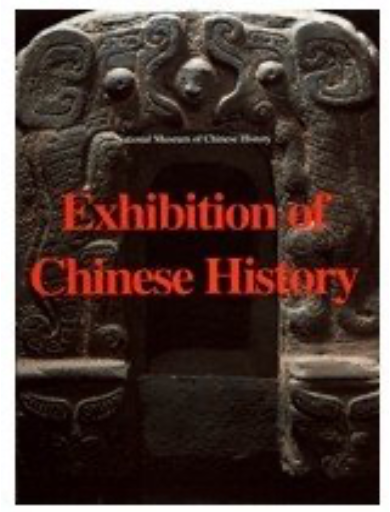 Exhibition of Chinese History: National Museum of Chinese HistoryYu Weichao, Du Yaoxi Exhibition of Chinese History: National Museum of Chinese HistoryYu Weichao, Du Yaoxi . large format, 2002 2nd print, clean bright copy 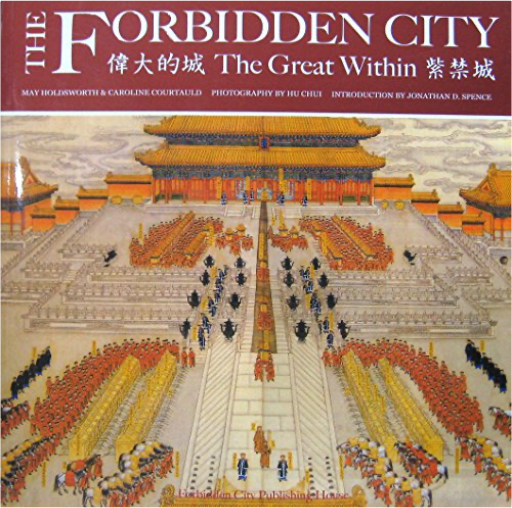 THE FORBIDDEN CITYMAY HOLDSWORTH & CAROLINE COURTAULD THE FORBIDDEN CITYMAY HOLDSWORTH & CAROLINE COURTAULD 103/4"X11"X1/2",PAPERBACK ,A PICTORIAL ENGLISH WRITTEN BOOK ABOUT THE FORBIDDEN CITY, THE GREAT WITHIN, 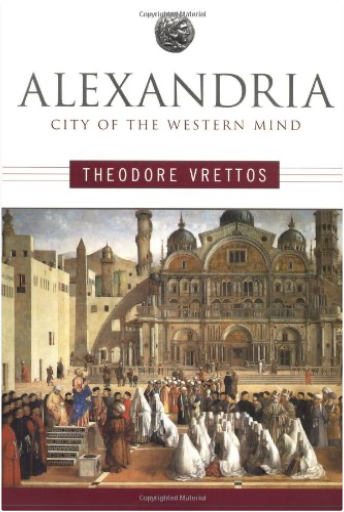 Alexandria: City of the Western MindTheodore Vrettos Alexandria: City of the Western MindTheodore Vrettos For the first time, a complete history of Alexandria, the greatest cultural capital ever. Archeologists and historians have revealed Alexandria to be a city built on the arts, sciences and religion, unique among ancient cities that usually could claim nothing more than military might. Now Theodore Vrettos delivers the first complete account of the city that was the fountainhead of peaceful, intelligent civilization. From its founding by Alexander the Great in 332 BC until the murder of the brilliant Hypatia in 452 AD, Alexandria was literally and figuratively a lighthouse guiding the most creative minds of the day. Scientists, philosophers, theologians and artists came from all over the Western world to study in Alexandria's university and immense library, which contained books and papyrus rolls from every corner of the civilized world, and made an extraordinary run of breakthroughs. Thales, Euclid and Apollonius invented mathematical proof. Aristarchus was the first person to put the sun at the centre of our solar system. Eratosthenes calculated the cirumference of the earth, and Herophilus invented anatomy. Clement founded the first school of Christian philosophy in Alexandria. Julius Caesar, Marc Anthony and Augustus Caesar came to Cleopatra's court there, sparking an intrigue that would affect the history of nations. 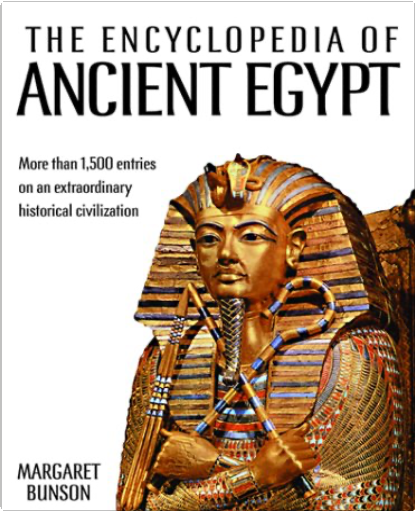 Encyclopedia of Ancient EgyptMargaret Bunson Encyclopedia of Ancient EgyptMargaret Bunson THE ENCYCLOPEDIA OF ANCIENT EGYPT is the first single-volume reference guide to the remarkable culture that flourished on the banks of the Nile from the predynastic period, 3200 B.C., to the fall of the New Kingdom in 1070 B.C. 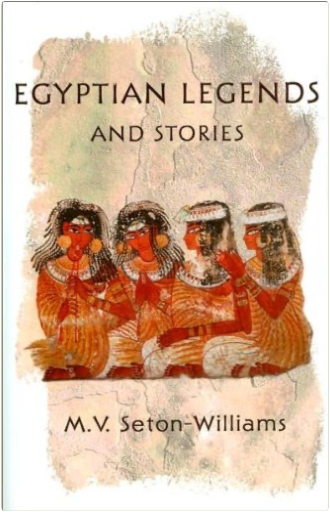 Egyptian legends and storiesM. V. Seton-Williams Egyptian legends and storiesM. V. Seton-Williams Ancient Egypt has a rich tradition of stories and proverbs, recorded by scribes. This book raises these stories from the dust, and presents obscure ancient texts in a readable form. The selections date from the Old Kingdom to medieval times, the majority being based on religious themes. There are many surprising new texts here, but some of the themes seem familiar: the creation myth of Memphis theology is similar to the bible while 'The Capture of Joppa' is an older version of 'Ali Baba'. 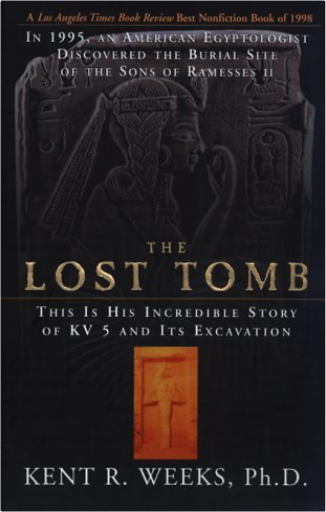 The Lost Tomb: In 1995, An American Egyptologist Discovered The Burial Site Of The Sons Of Ramesses Ii—this Is HisKent R. Weeks The Lost Tomb: In 1995, An American Egyptologist Discovered The Burial Site Of The Sons Of Ramesses Ii—this Is HisKent R. Weeks Kent Weeks made international headlines when, seventy feet below the surface of Egypt's Valley of the Kings he found the largest and most complicated mausoleum yet discovered, the tomb of Ramesses II's sons. Now for the first time, Weeks shares up-to-the-minute details on the thrilling discovery and contemplates what the tomb, called KV5, will reveal as the excavation moves forward. Built in the age of Exodus, the tomb could potentially transform ancient and biblical history. Its lower levels, possibly containing mummies of Ramesses II's sons, may shed new light on many of the mysteries of the Old Testament, including the story of Moses and the flight of the Israelites from Egypt. 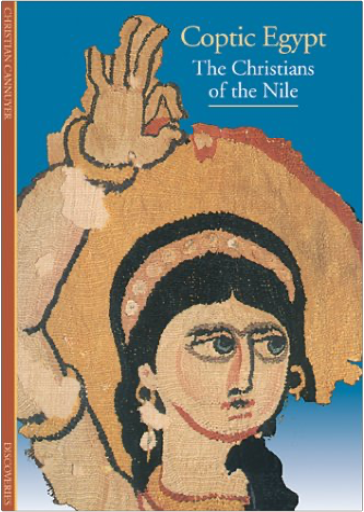 Discoveries: Coptic Egypt: Christians of the Nile (Discoveries (Harry Abrams))Christian Cannuyer Discoveries: Coptic Egypt: Christians of the Nile (Discoveries (Harry Abrams))Christian Cannuyer This art-filled treasury unfolds a vivid history of the Egyptian Christians called the Copts. A highly connected story of religion, art, literature, and customs over a period of 2,000 years, the book provides an intriguing look at a mystery-cloaked ancient sect from the land of the Bible. 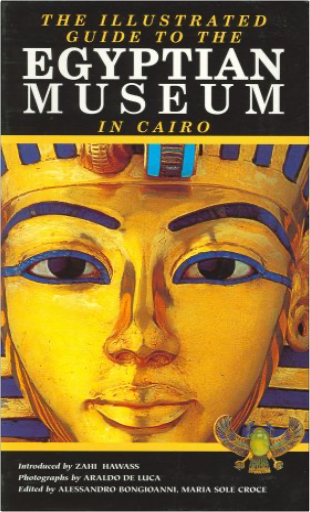 Illustrated Guide to the Egyptian Museum in CairoAllessandro Bongioanni, Maria Sole Croce Illustrated Guide to the Egyptian Museum in CairoAllessandro Bongioanni, Maria Sole Croce An immense reservoir of art history, Cairo's Museum of Egyptian Antiquities contains fabulous collections of relics from the Mediterranean's most mysterious and ancient civilization, the true cradle of western culture. From the creation of the first state on the banks of the Nile to its submission to the Roman empire, the millennial story of ancient Egypt is recounted here through the artistic masterpieces, the everyday objects, the spectacular jewels, and the magnificent remains from the tombs of the pharaohs, all remarkably assembled within the walls of a single institution. |
 Made with Delicious Library
Made with Delicious LibraryDenver, CO zipflap congrotus delicious library Tolva, John

